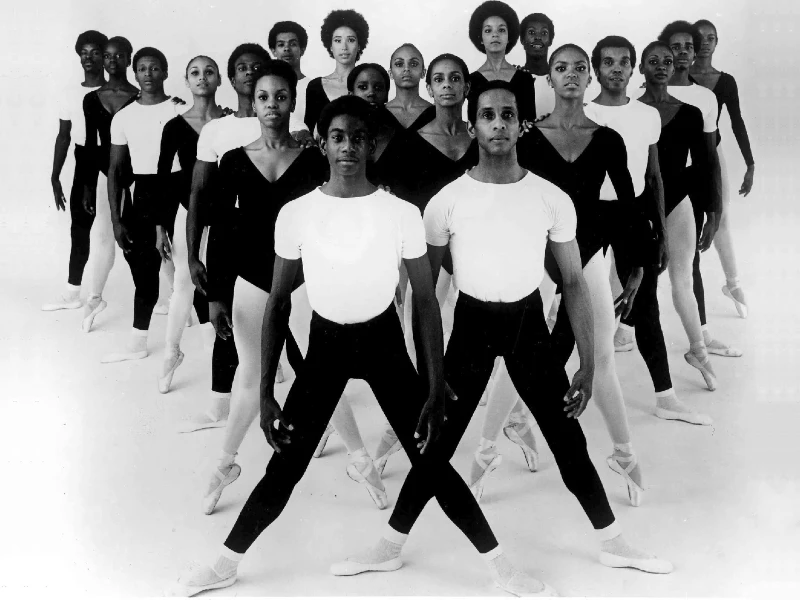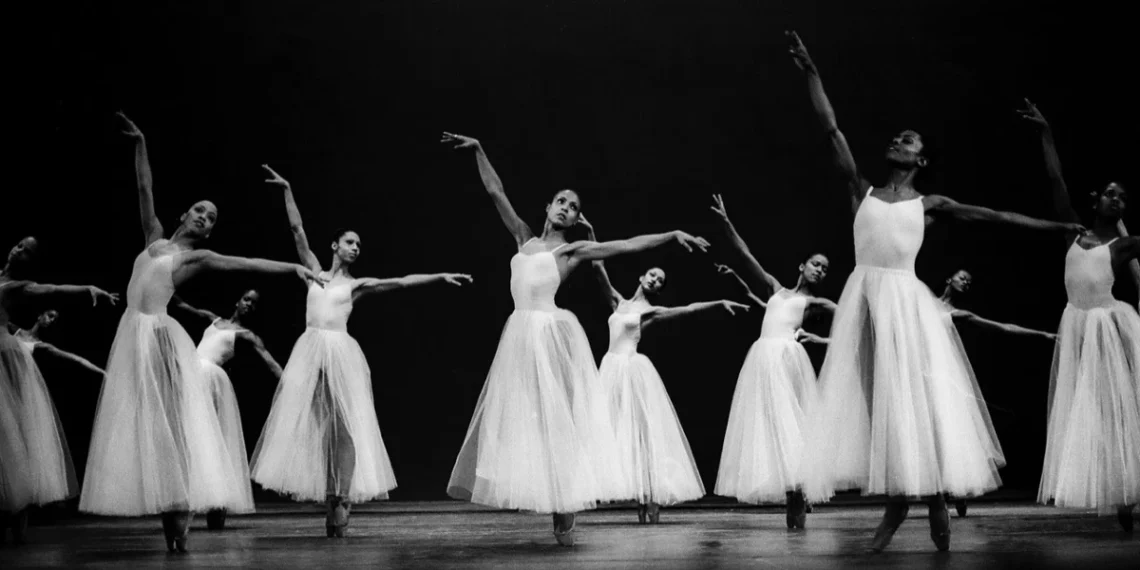Originally published in April 2024, Karen Valby’s The Swans of Harlem welcomes a new release this year, this time with an intended target of “young adults”.
I had not yet read the original, so when Publicity Pros(e), a literary publicity firm, reached out to me offering a review copy and/or an interview with the author, I gladly accepted.
When asked why this adaptation was created and what changes were made to fit this specific target audience, the author expressed to me that,
“There’s a YA edition because this story belongs in the hands of young dancers and young dreamers, too. The more heroes and role models a child has, the better. The editor probably shortened the book by about a third of the text, combing out some of the more mature subject matter.”
You may also like...
Olga Smirnova Named Dancer of the Year 2022
Olga Smirnova, the principal ballerina who joined Dutch National Ballet earlier this year, was voted the winner from a shortlist of twelve nominees curated by Dance Europe.
An Interview with Gavin Hounslow: From 5th to Farm and Back Again
Weeks before operations ceased due to Covid-19, Gavin Hounslow voluntarily went into his own sort of quarantine only to discover why he needed to return to the studio.
The Swans of Harlem (YA Edition) Review
The Swans of Harlem is cleverly organized to parallel the structure of a three-act full-length ballet, each one dedicated to epochs surrounding the involvement of ballerinas Lydia Abarca, Gayle McKinney-Griffith, Sheila Rohan, Marcia Sells, and Karlya Shelton in the development of Arthur Mitchell’s Dance Theatre of Harlem as well as their personal and professional paths apart from the organization.
Although not strictly organized chronologically, the “acts” take us on the journey through the halls of Harlem School of the Arts, the trials and triumphs of Dance Theatre of Harlem’s beginnings, hiatus, and present, and of course, the stories of the women to whom we owe the title of the book. It is lovely that Valby has gifted each ballerina a complete chapter, enabling her to share their stories as fully and deeply as possible.
Via intimate first-person narratives, biographical information, and snapshots of media presented in their day, Black ballet history once shielded from the public eye is revealed word by word, sentence by sentence, chapter by chapter… until an entire book is filled with both joyous moments and – let’s not be naive – dark tales.
The swans’ anecdotes, mosaicked together, create a giant painting of one the most giant forces in 20th century classical ballet. It is, I dare say, impossible to tell the story of Dance Theatre of Harlem’s dancers without also revealing the nature of the man who was their original common denominator.
Thus, the book’s pages are inevitably filled with particulars about Arthur Mitchell, a person whose grandeur was both impressive and intimidating, fatherly and to be feared.

While enjoying the read, it struck me as unusual the absence of footnotes to reference direct quotes, notably by Mitchell. I asked Valby where these quotes came from and how readers are guaranteed their credibility considering that no source is given. She informed me that “There’s a nine page index with cited sources in the adult edition. I’m not sure why it’s not included in the YA edition.”
I also found myself confused by the interchangeable use of first and last names throughout the book. And I am (way) over young adult age. So I wonder if many readers will end up, as I did, often flipping back to pages in order to resolve doubts about which person I was reading about. With a fairly large cast to keep track of, the book would have flowed smoother if there had been some consistency in nomenclature.
The denouement of The Swans of Harlem opens with DTH’s founder’s death in 2018. As if in peaceful reverence, we learn how time, maturity, and distance from Mitchell provided each of the five women the space needed to reflect upon her distinct relationship with him and the company.
The final chapters also affirm how as individuals, lifelong friends, and talent hand-picked by Mitchell himself, Abarca, McKinney-Griffith, Rohan, Sells, and Shelton helped – and continue to help – shape and paint in the details of a more complete landscape of classical ballet.
Along with the biographies of these five influential and courageous women, there are golden nuggets of Black ballet history that would serve not only those in the dance space, but the world at large, to read. I am not ashamed to admit that I have learned so much and that my eyes are even more wide open.
Featured Photo of Dance Theatre of Harlem in George Balanchine’s Serenade. Photo by Jack Vartoogian, courtesy of Karen Valby.











